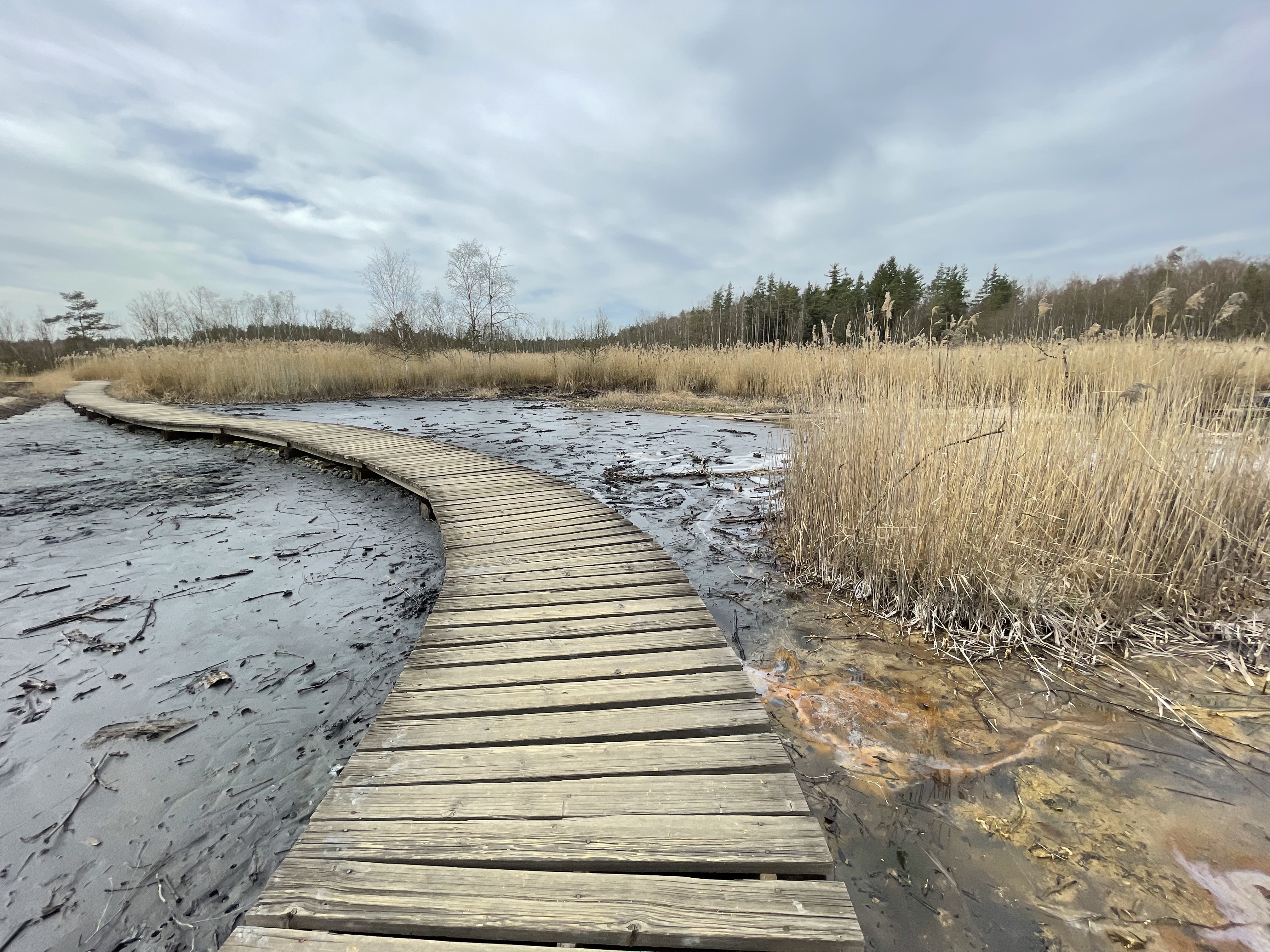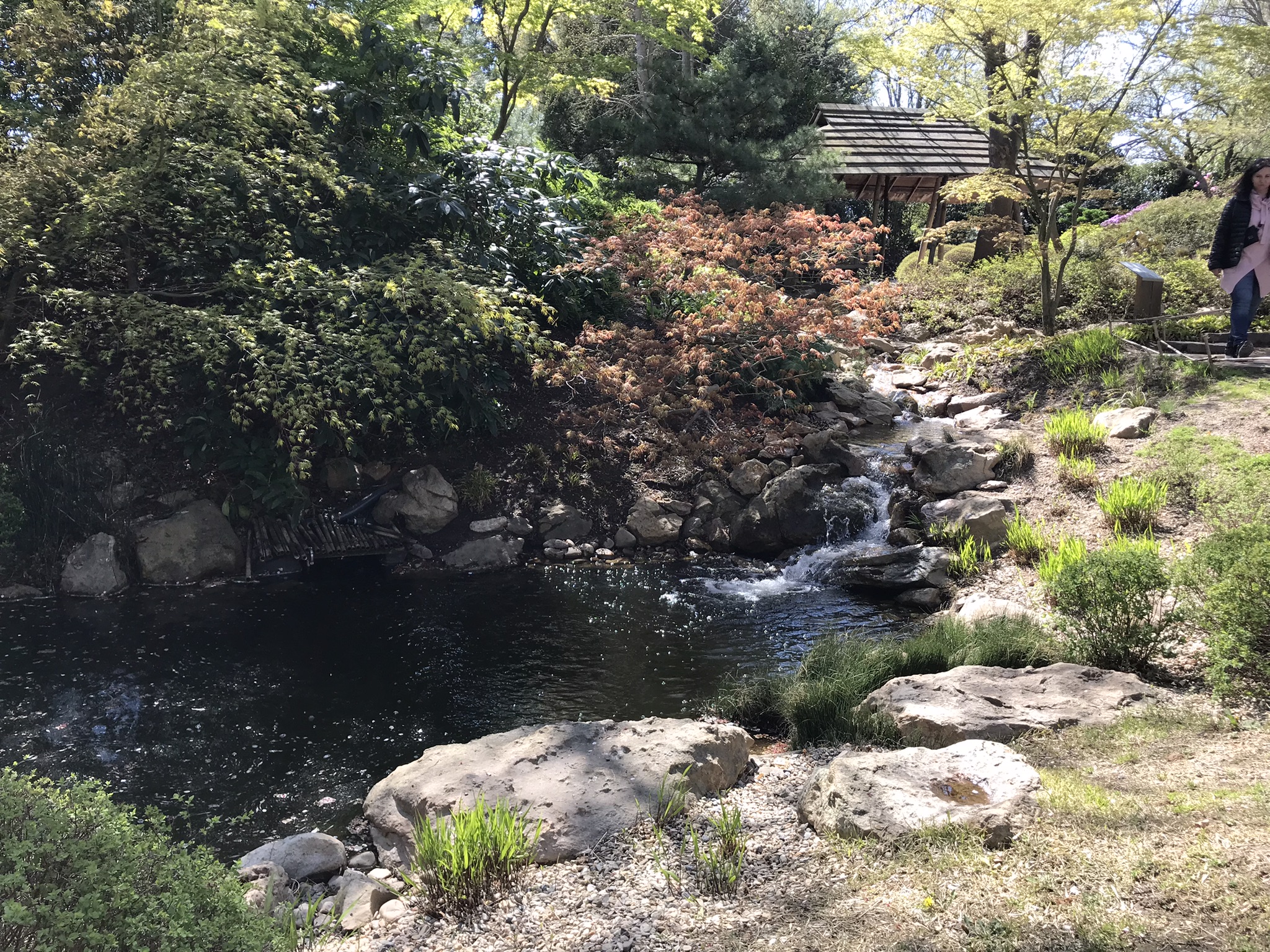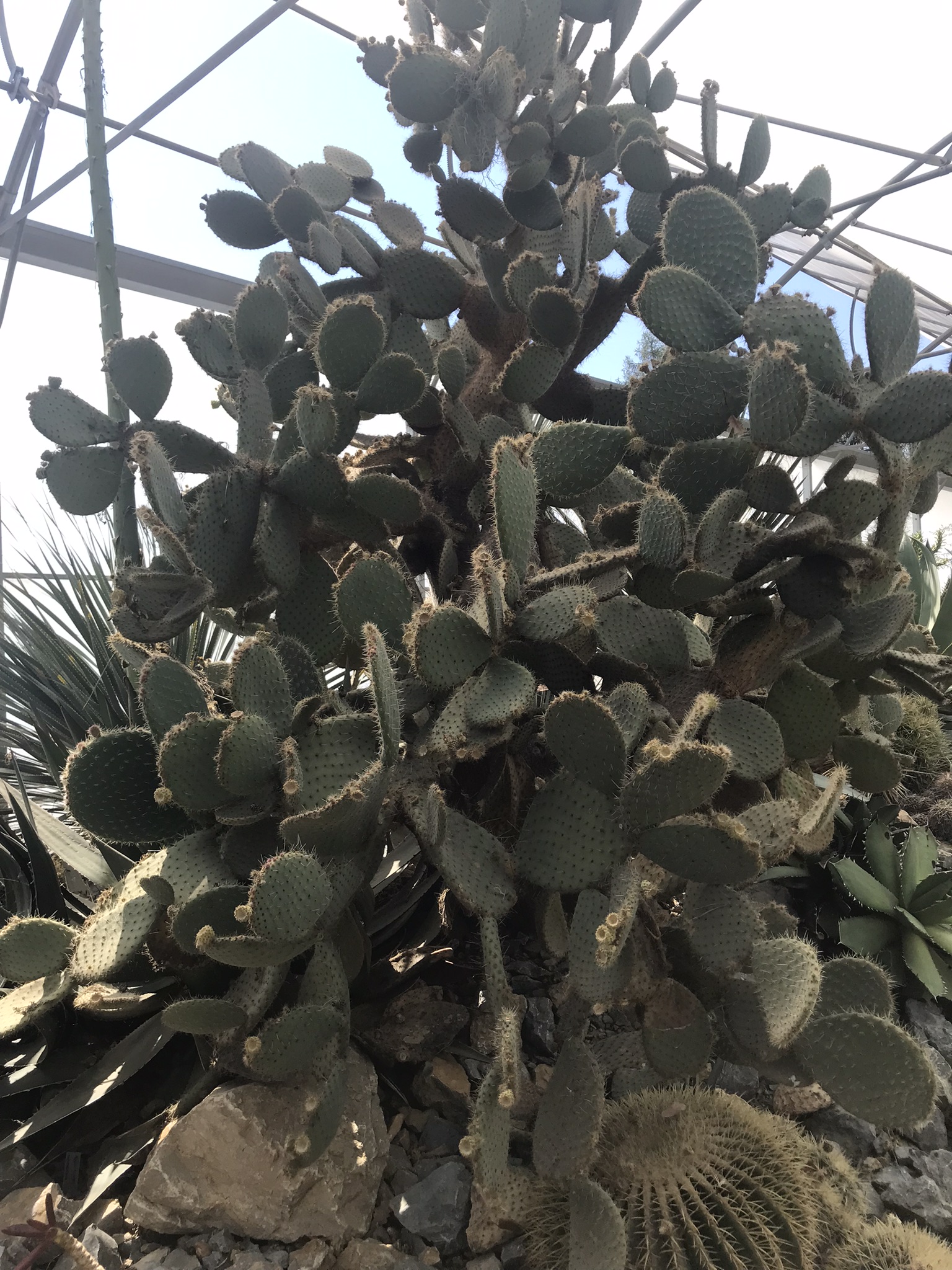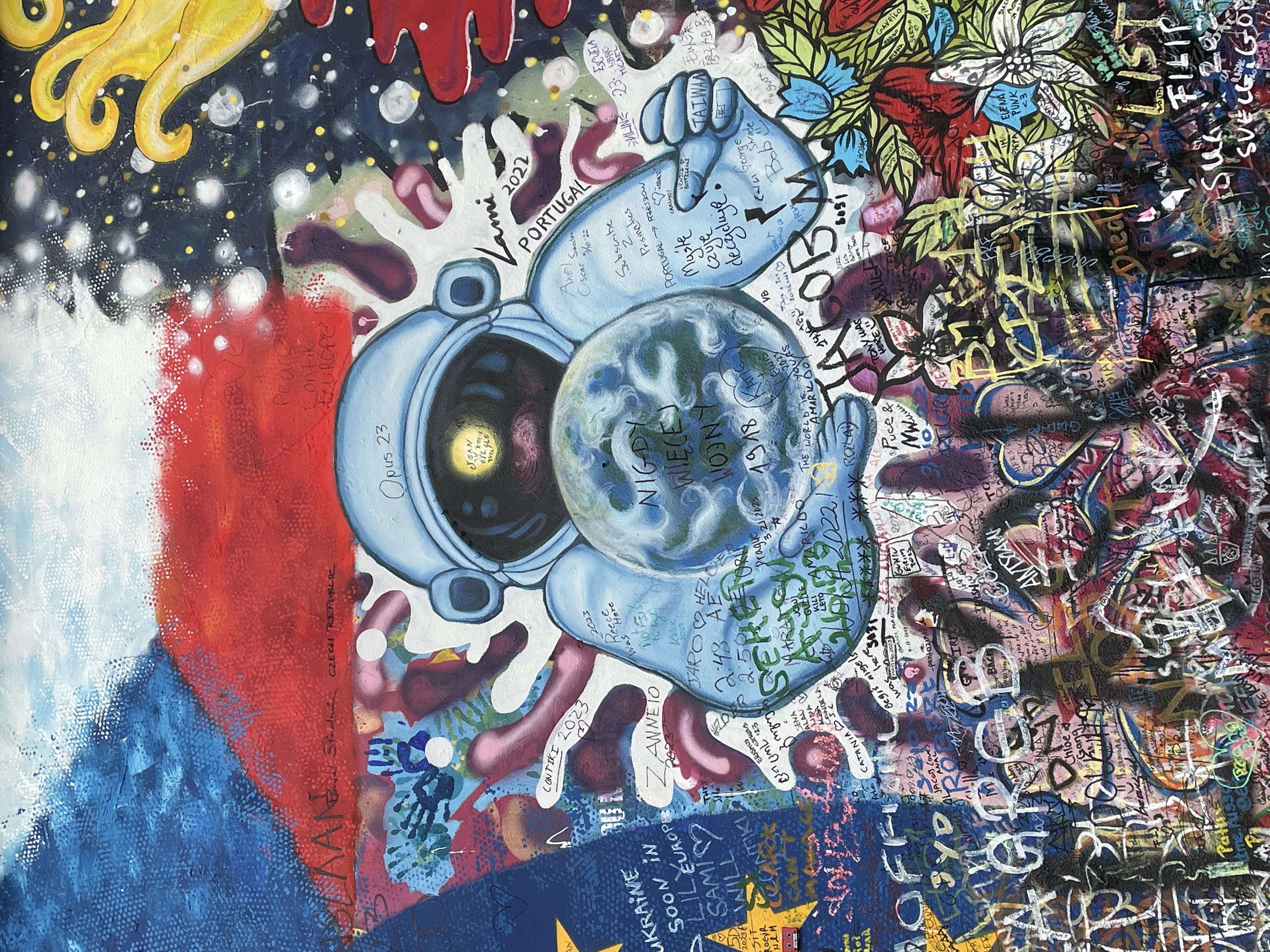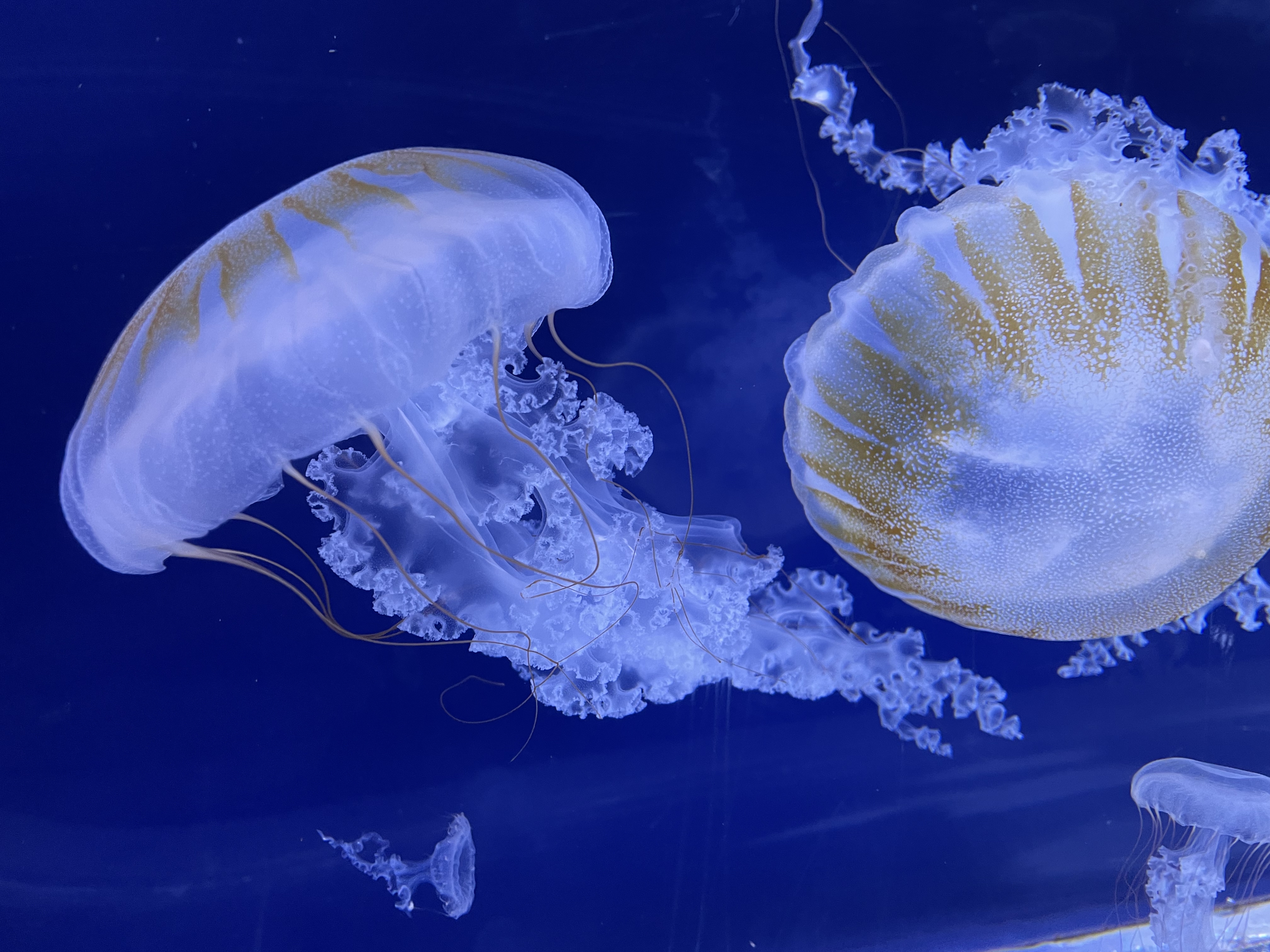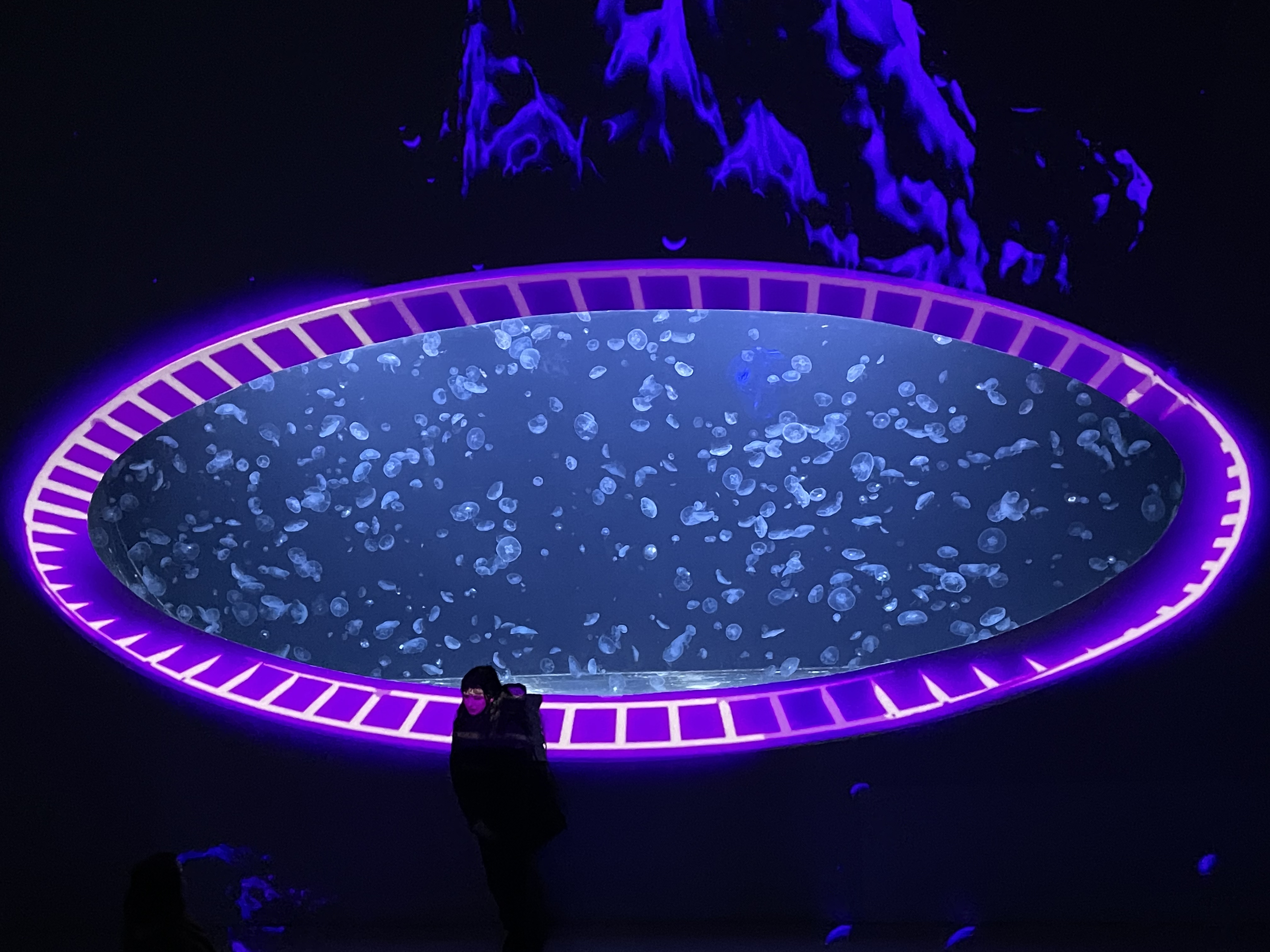The National Nature Reserve Soos Františkovy Lázně is a breathtaking natural area located in the Karlovy Vary region of the Czech Republic. It covers an area of over 9,500 acres and is known for its unique and diverse landscape, including mineral springs, peat bogs, and mud volcanoes. This reserve is not only a haven for nature lovers and outdoor enthusiasts, but it also holds great cultural and historical significance.
The reserve is home to a wide variety of flora and fauna, with over 200 species of plants and 140 species of birds. The mineral springs, which have been used for medicinal purposes since the 14th century, are a major attraction of the reserve. The most famous spring, called the 'Eye of God', is believed to have healing properties and is a popular spot for visitors to take a dip in its warm, mineral-rich waters.
One of the most unique features of the reserve is the mud volcanoes, which can be found in the northern part of the area. These small, cone-shaped mounds of mud are created by natural gas escaping from deep underground and pushing up through the soil. They are a fascinating sight to behold and are protected by the reserve in order to preserve their natural formation.
In addition to its natural wonders, the National Nature Reserve Soos Františkovy Lázně also has a rich cultural history. The area was once inhabited by the Celtic tribe of the Boii and later became an important trading route during the Middle Ages. In the 19th century, the town of Františkovy Lázně was founded near the reserve, and it quickly became a popular spa destination for the elite. Many famous figures, such as Franz Kafka and Johann Wolfgang von Goethe, visited the town for its healing mineral springs.
The reserve also played a significant role in World War II, as it was occupied by German troops and served as a training ground for the Luftwaffe. Today, visitors can explore the remains of bunkers and trenches that were used during the war, adding a historical aspect to the nature reserve.

